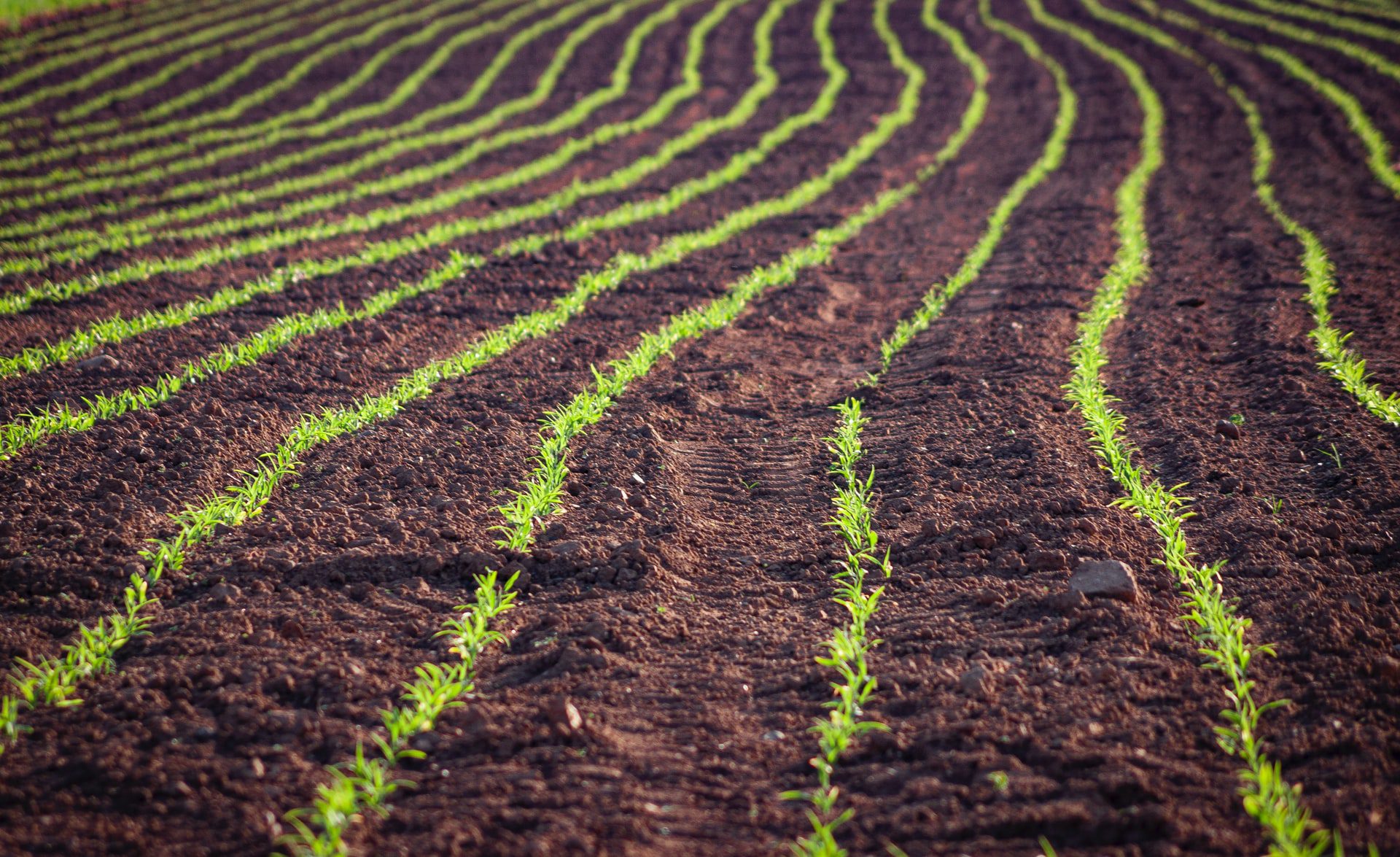Tech Company Cloud Agronomics uses NASA technology to analyze soil content for carbon credits programs and sustainable farming initiatives.
With sustainability becoming a more prominently focused issue amongst farmers across the United States, a variety of innovative industries and technologies have emerged to keep up with the rapidly evolving agricultural landscape. Industries like the carbon credits marketplace have become drivers of sustainable farming practices, which return greenhouse gases like carbon dioxide back into the soil.

However, the backbone of the carbon credits industry is built on the accuracy and efficiency of the methods for measuring the soil’s carbon content. Until recently, these methods were neither accurate nor efficient. Traditional soil testing methods depend on sending countless soil samples to a lab multiple times a season, where the results are inefficient, expensive, and largely inaccurate at scale. Fortunately, Boulder, Colorado startup — Cloud Agronomics — has developed a revolutionary soil testing system through hyperspectral imaging; it’s a process developed by NASA, that accurately assesses the carbon content of a farmland’s soil. Using aircraft equipped with sensors 300 times more powerful than the human eye, Cloud Ag technology can measure carbon content and other crop nutrient values up to 30 centimeters deep with an accuracy rate of 90 percent. Cloud Agronomics CEO and co-founder Jack Roswell explained that the difference in diagnostic capability between Cloud Ag’s hyperspectral imaging and the traditional soil sampling methods is so significant, it is the difference between “a selfie and a CT scan.”
In addition to the incredible advances in soil testing accuracy, Cloud Ag is compiling their already hundreds of thousands of acres of data into a machine learning database. Using this data, Cloud Ag has partnered with Microsoft and data management company Astronomer to create the world’s largest agricultural cloud-based, hyperspectral data pipeline. While these sorts of large-scale artificial intelligence and cloud computing systems are still foreign to the agricultural industry, due to the lack of reliable and relevant data, they are vital to farmers’ decision-making in the coming years. With the help of the programs created at Microsoft and Astronomer, Cloud Ag is able to process the hundreds of thousands of files and terabytes of data, which they call “datacubes,” into a moment-to-moment snapshot of plant nutrient data, allowing relevant data on command to farmers making important decisions for their growing seasons.
On the ground level, Cloud Agronomics is a systematic way of optimizing farming techniques to each farm’s specific needs. It works to make the growing season of each farm more efficient and it helps farmers choose the right regenerative farming techniques so that the soil remains nutrient-rich year in and year out.
Cloud Ag’s system also helps farmers adopt carbon removal practices which, through the development of carbon credits programs, give them an additional source of revenue to sell the carbon their farms have removed.
Armed with data Cloud Ag provides, customers can cut away unnecessary input costs and improve yields, making their farms much more profitable.

Cloud Agronomics has declared itself a key player in the future of sustainable agriculture and isn’t letting up anytime soon. Thanks to a $6 million investment from tech venture capital company SineWave Ventures, Cloud Ag will continue to pave the way for sustainable and efficient agriculture.





